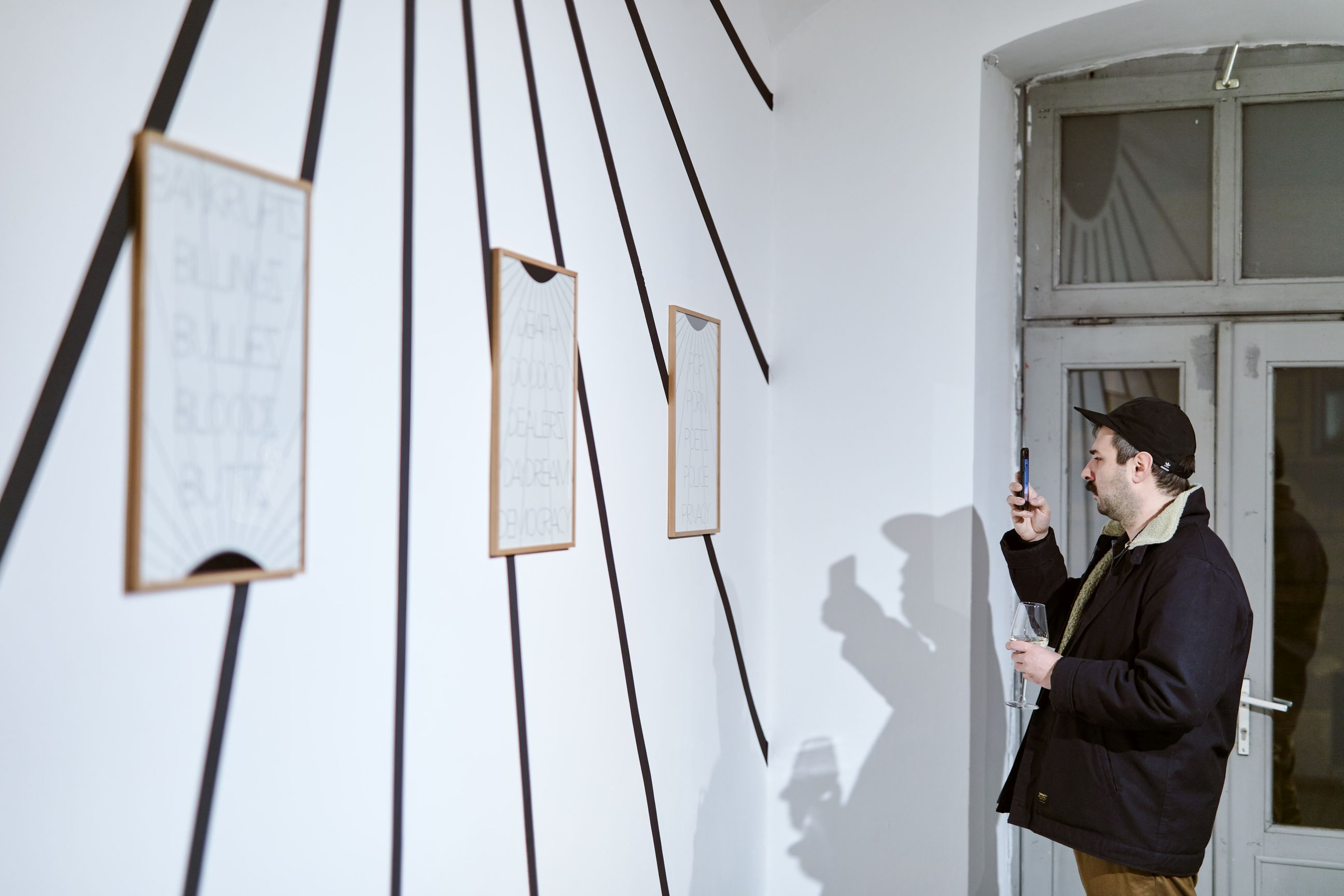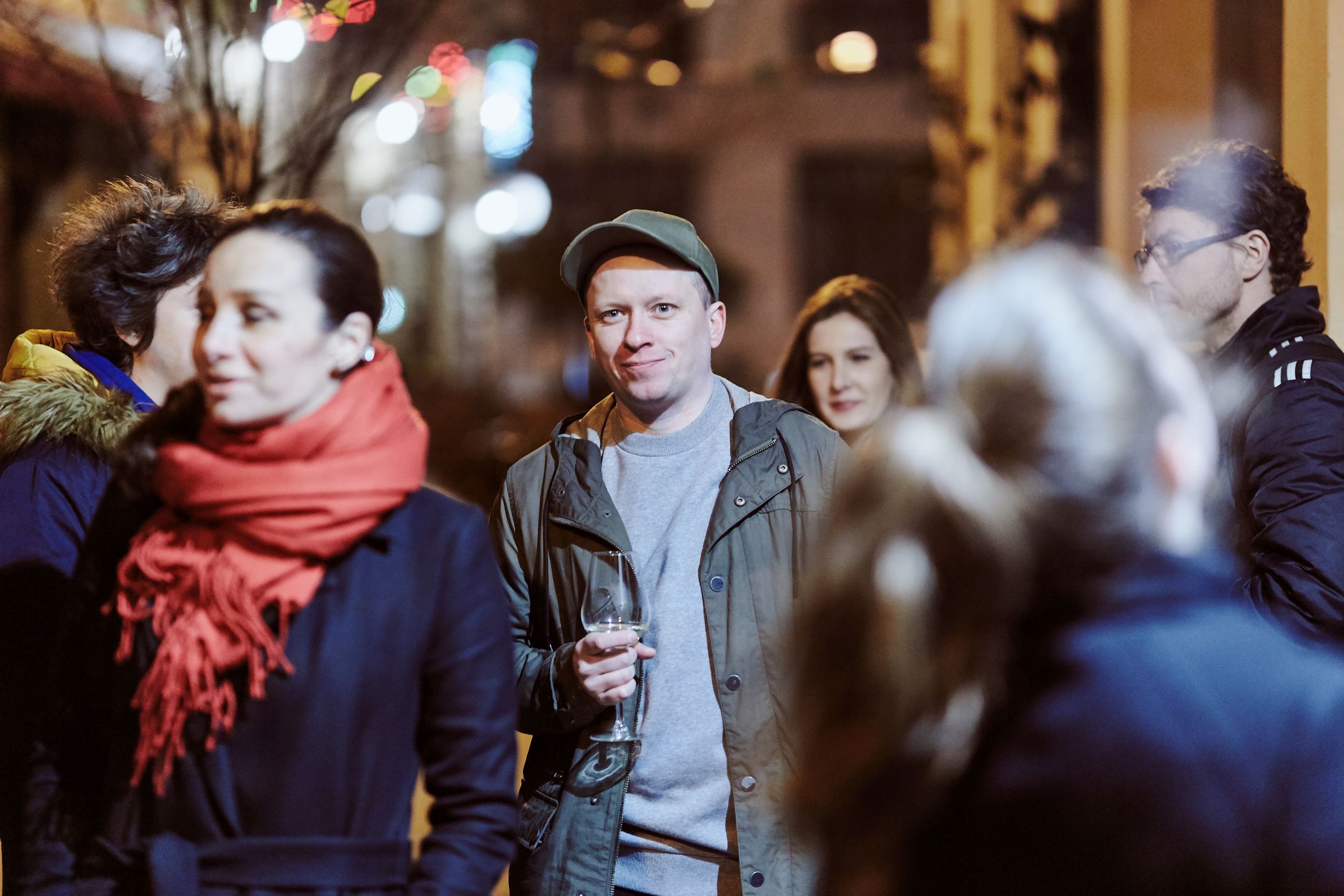Meeting Honza Zamojski, one of the most innovative artists of the younger generation in Poland, and whose works are characterized by bold visuals that act as sharply indulgent and sarcastic comments of contemporary culture, we talked about this and that.
Honza Zamojski was born in 1981, lives and works in Poznan. Active as artist, designer, book publisher and curator, he operates with a mediatic diversity that includes illustration, sculptural drawings, infographics of the corporate world, and poetry. This broad range of activity reflects perfectly the wide spectrum of his interests which aim to order and understand the universe all around. Nourished by this fundamentally utopian desire, Honza Zamojski’s narratives construct a universal, multilayered world that is minimalist in form but rich in symbolism. His seemingly eclectic repertoire generates a distinctly coherent visual grammar that expresses in both abstract compositions and figurative representations apprehending the world and the artist’s situation in it with a bitter sweet sense of humor.
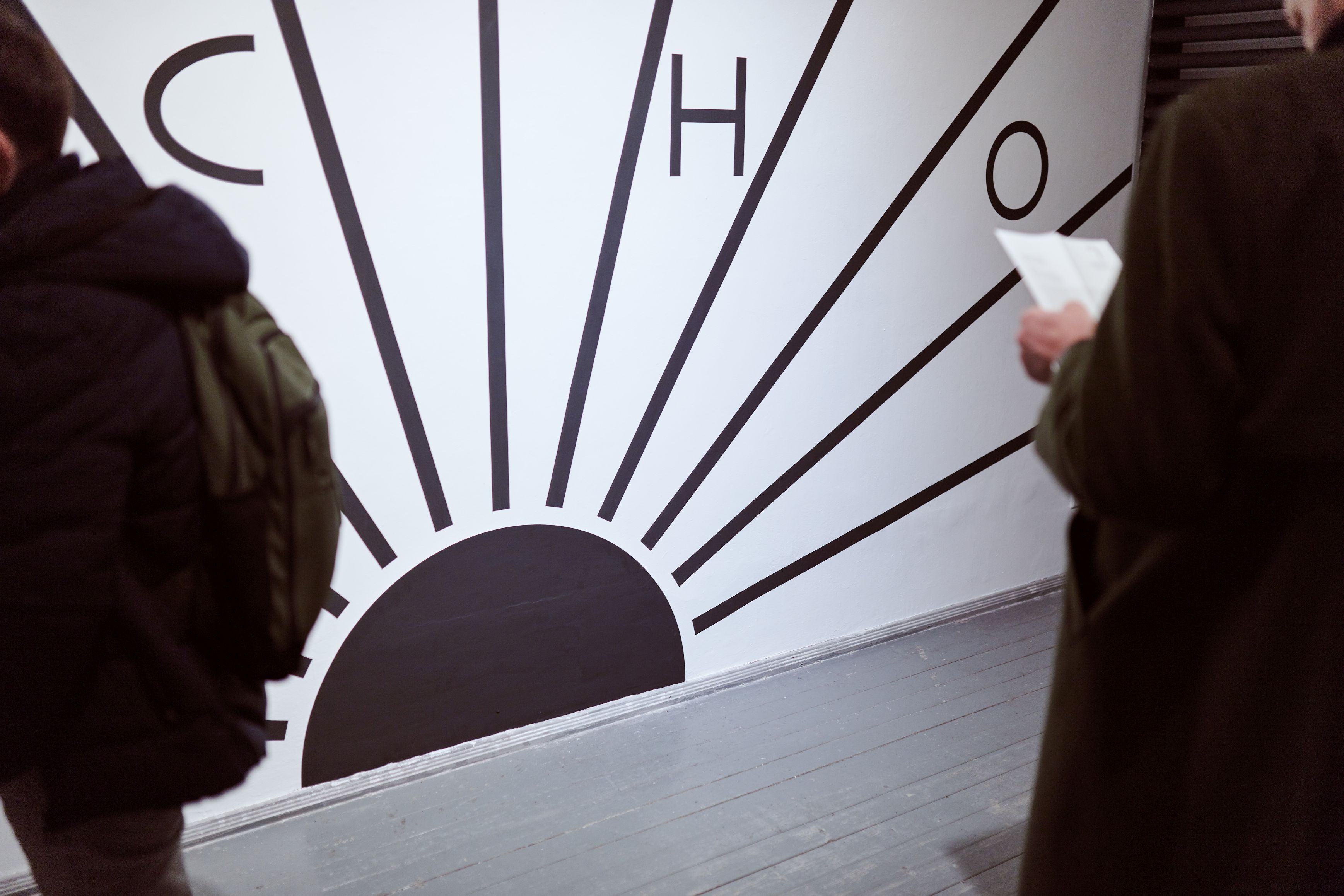
You describe your works currently exhibited in Easttopics as a kind of visual rap. Could you tell us more about the way you play with words?
Playing with language and words has always been for me an important part of my practice and I pay close attention to both the content and the form of the texts that appear in drawings or exhibitions. The same kind of mindfulness also translates into the books I design.
As for rap—it’s a metaphor for my attitude towards language. Rap is storytelling, poetry and literature, thanks to which an ephemeral event can become a reason to write an opera. Rap gives me the freedom to choose the story’s perspective and gives me tools to manipulate the listener, reader and viewer. But rap is primarily a language with its ability to mutate, resulting from repetition, echo, recycling, sampling and quotation. Language in this sense is therefore both hermetic and total. Hermetic in its uniqueness—specific, individual and personal. Total because it can activate all the senses of the recipient.
I understand the artistic language in two ways—literally and metaphorically. In the first meaning I write and draw a dictionary of words, expressions, phrases, invented words, onomatopoeias, symbols, pictograms, signs, hieroglyphs. I use this collection later to check the narrative possibility of this language, located somewhere between English, religious symbolism (without pointing to a specific religion), and the sounds of more or less lively nature and expressions from popular culture. In the second sense, metaphorical language is nothing but a certain stylistic coherence of individual implementations. It doesn’t matter if I’m working on a book, an exhibition in space, drawing or leaving the role of an artist, I notice the coherence of my own creative, research and ethical attitude. Some call it style, but for me, this attitude results from mindfulness towards the world, from “reading and editing reality”, where insightful and selective observation can be more valuable than participation.
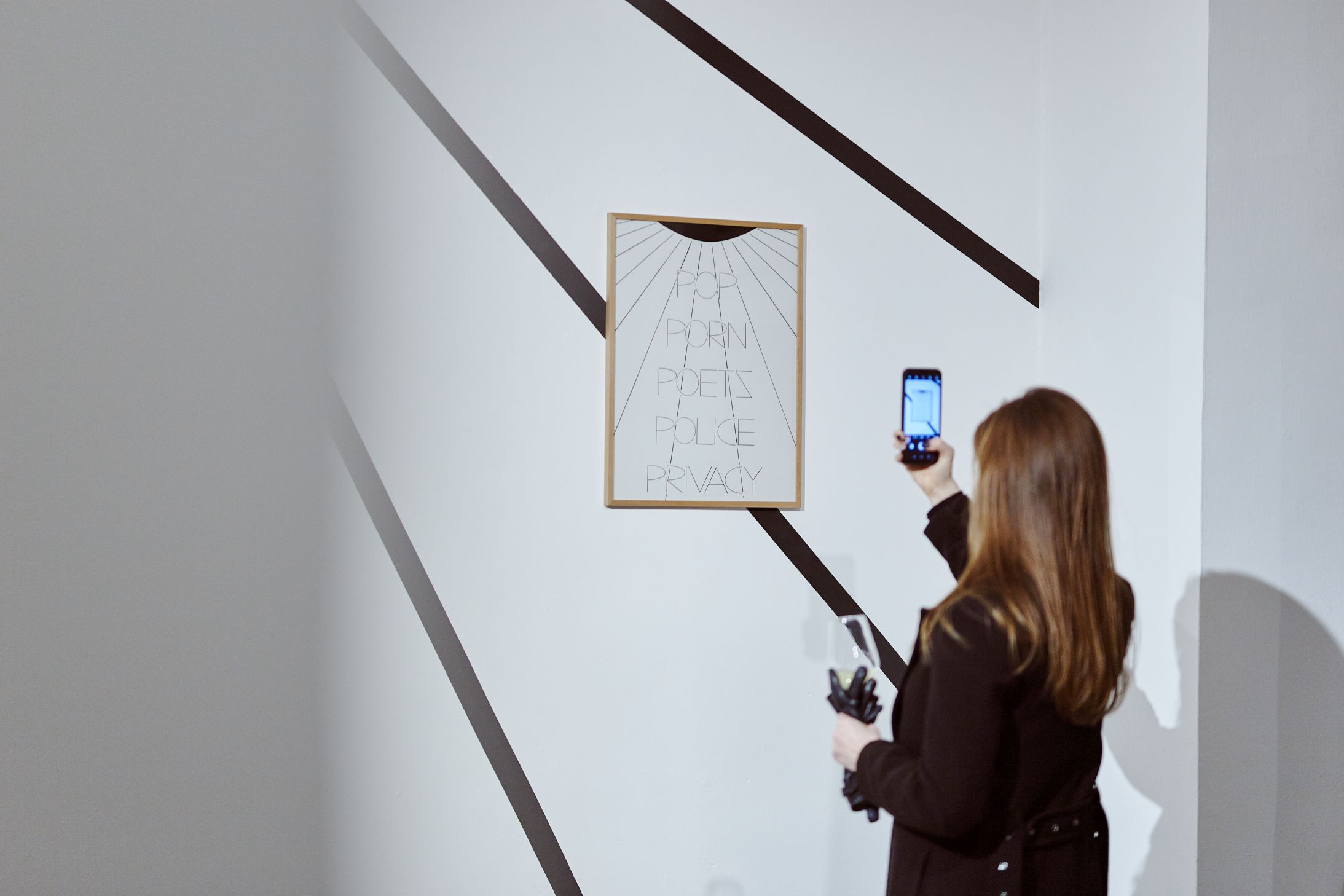
What is the first artwork that moved you?
Anatomical drawings of Australopithecines and Neanderthals in a Russian book about paleontology and human origin. I don’t remember the author or title. I was about 6-7 years old.
What’s the craziest thing you have done for art?
In preparation for the Frieze NY fair, together with the Polish painter Radek Szlaga, we sailed on a container ship across the Atlantic Ocean, from Antwerp to New Jersey. It lasted probably 9 days, and during this time we did not have any contact with the outside world. We didn’t receive any news about what was happening. During these 9 days only we, the ship’s crew and cargo have existed. And dolphins and whales. It wasn’t crazy, but it did require a lot of logistics and in the end it turned out to be an extreme experience to some extent.
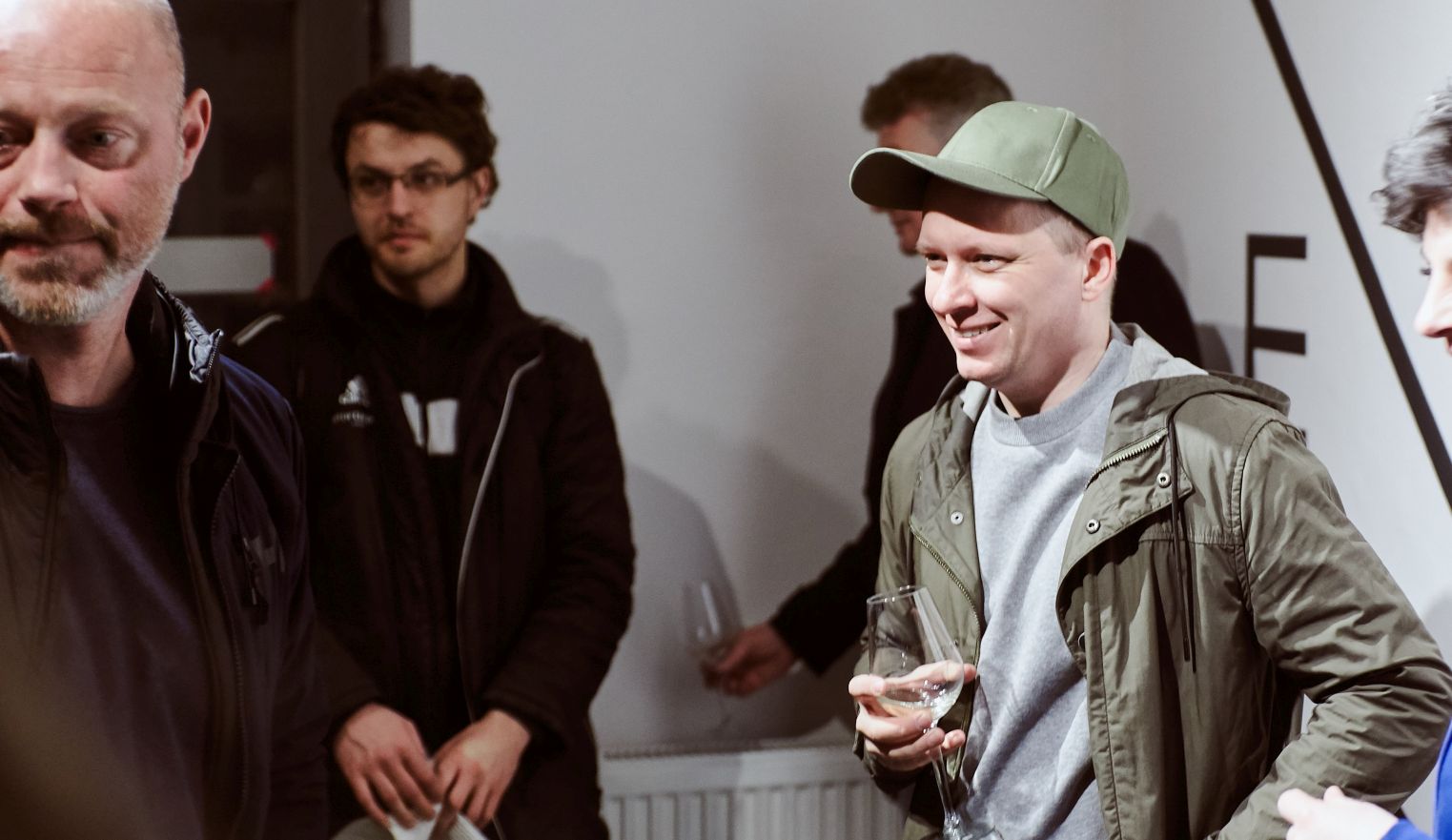
You are active as an artist, designer, book publisher, teacher and curator. What motivates you to pursue such a broad range of activity and how do these segments intersect in your practice?
To put it brutally, from some activities I make a living, and from the others not. Nevertheless, each of them: book design, studio and exhibition work, or teaching gives me pleasure and that’s why I do it. I also believe that it is important to work out a certain method of work, which can then be transferred to various, sometimes distant, tasks or activities. For me, the cyclical and repeatable creative process is important. Hence the themes and visual motifs recurring in my books and exhibitions. One of the art critics wrote about my exhibition “Word War Free” like this: Zamojski repeats himself and eats his own tail, and probably his intention was to deflate me a little. However, I received it as one of the most accurate diagnoses that has ever been made on my address. Of course I repeat myself, but I try not to repeat my mistakes. Of course, I repeat myself, but by repetition I develop, because the language I use also evolves, and the cyclicality of motives and means used can be noticed only from a greater distance and from a longer time perspective. So, to notice patterns of behavior or exceptions confirming the rule, I need data: exhibitions, books, drawings, and these cannot be collected in a year or two. The cyclical nature of the creative process thus leads to the following syntheses and analyzes. The artistic realization presented to the public is the result of a synthesis resulting from the original assumptions, sketches and mockups. After being published, it is subjected to formal and narrative analysis. In this way, the chronology and creative cycle directly leads to the evolution of the language I use.
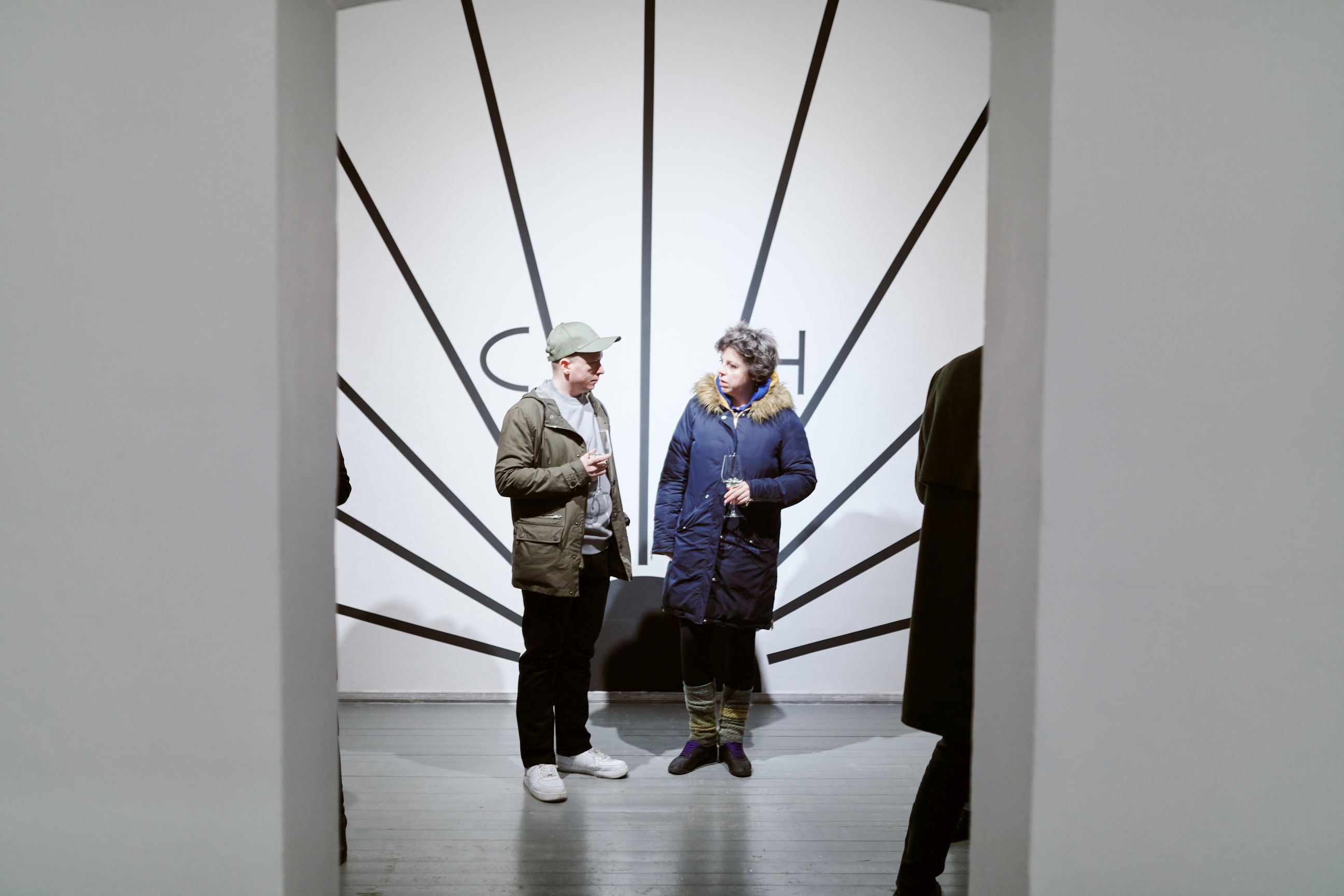
When did you know you were an artist?
But, Am I?
What is the best advice you’ve ever been given?
“Do your thing,” I’ve heard it many times, in different contexts and from different people.
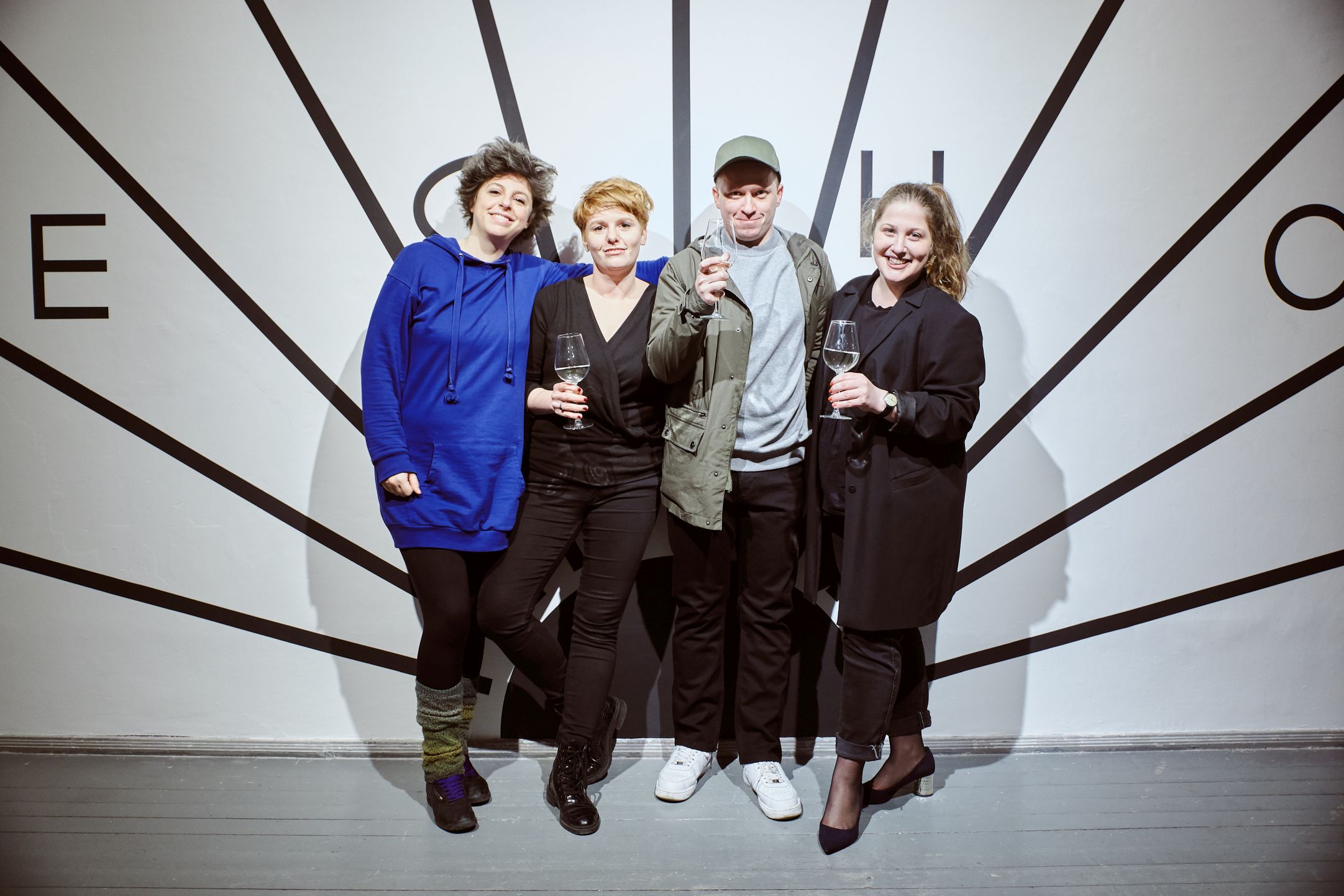
Your work has been compared, in the way it addresses the perception of the world and the relations between the individual and reality, to Polish writer and philosopher Witold Gombrowicz’s Cosmos. Do you agree with this and to which extent does his work, intellectual heritage inspire you?
I will answer this question with a quote or a fragment of Przemysław Strożek’s text from Culture.pl:
“The work of Honza Zamojski addresses problems of the perception of the world and relations between the individual and reality in the spirit of Gombrowicz’s Cosmos. The artist creates his own unique cosmos in which pencil drawings, visual poetry and the conceptual qualities of the artbook interface with sculptural objects and installations, creating a coherent, indivisible whole. Zamojski explores in this way the connections between the world contained in the framework of the book and the architectural space of the exhibition. The simple sketch and written word and the graphic structures of the published book frequently serve as a point of entry for the construction of visual and poetic narratives, not failing to include the absurd, self-mockery and humor and, at times, also the deadly serious and troubling”.
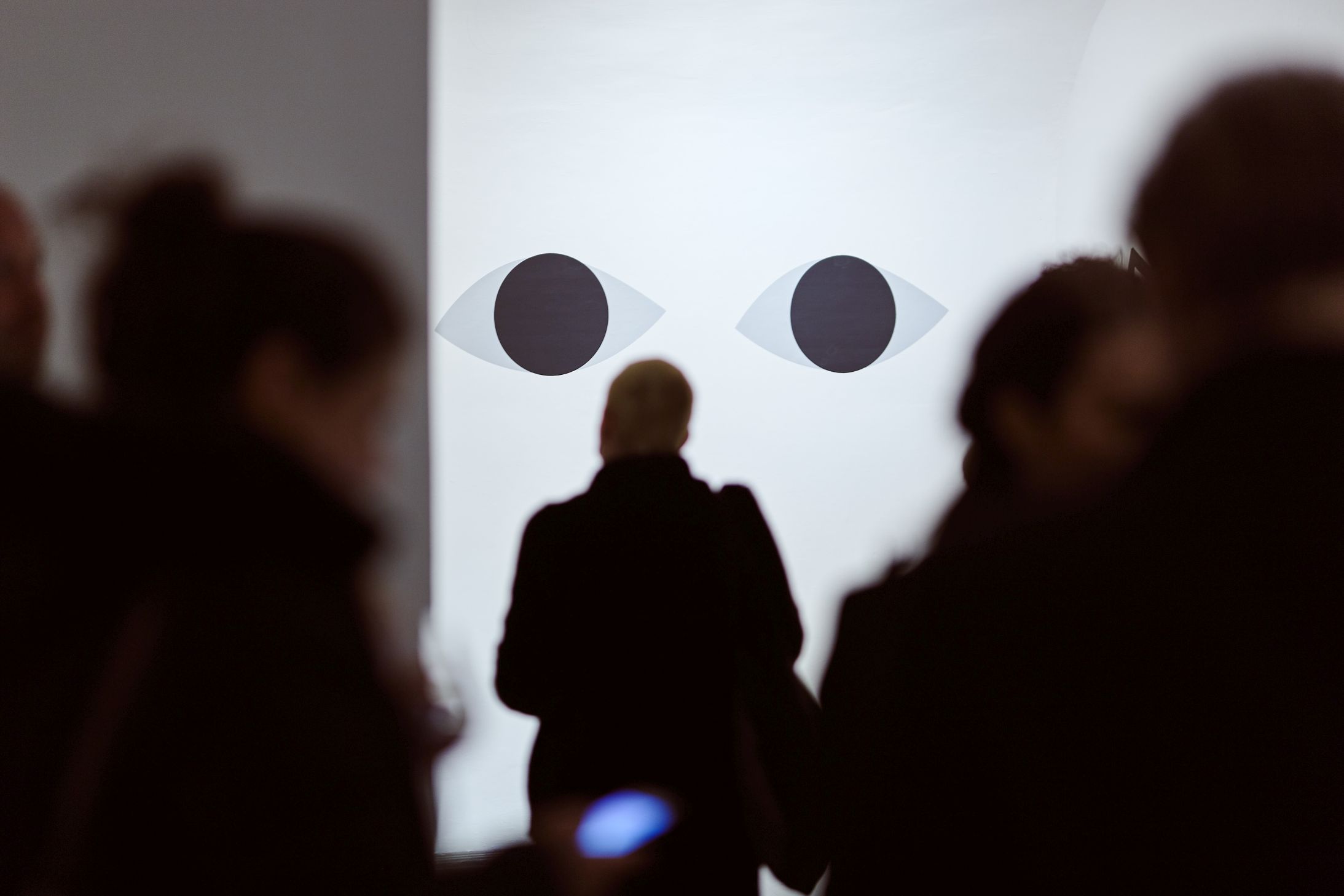
What’s your daily ritual?
Since I don’t have regular working hours, I try to impose a certain rhythm on my own and plan various activities well in advance.
- 6:30 – wake up
- 8:00 – breakfast
- 8:30 – 14:00 – I work until the early afternoon hours, and if I don’t start working until 9:00 I won’t start at all
- 14:00 – 16:00 – I take a break for other activities not related to work
- 17:00 – dinner
- 18:00 – 21:00 – I go back to work after afternoon break
- 23:00 – bedtime

As an artist, what are the most proud of?
From being consistent and certain of our own choices.
What’s something every artist should know?
In the end, we’re alone in this, despite the audience, galleries, museums, haters and fans. They face the effects of our work, which the audience, galleries, museums, haters and fans throw into the context of art and the world of art. So if we want to do good and honest art, we must be honest with ourselves and good to others. Otherwise, instead of feeling comfortable being alone with our own art, we will feel anxious and we will become lonely with our own art.
